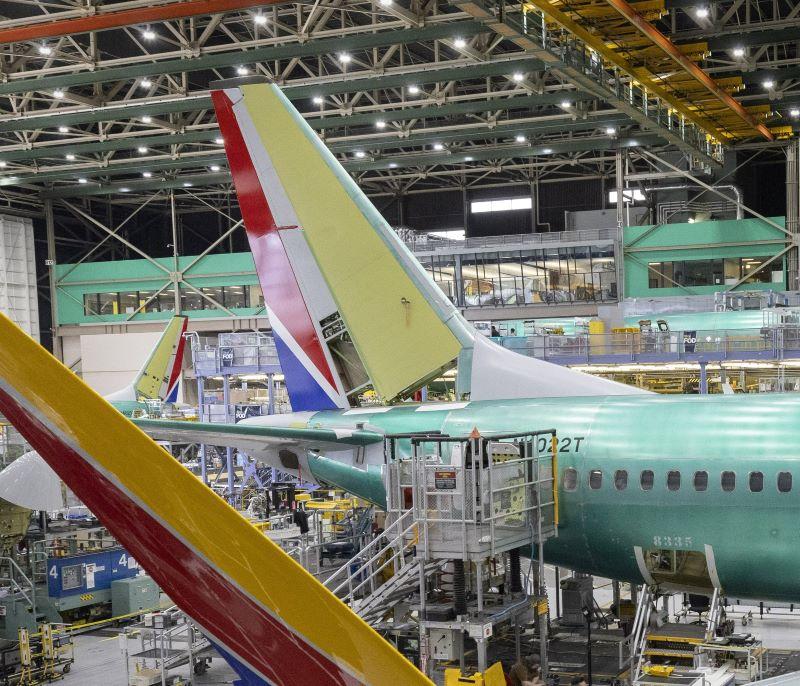
Credit: Guy Norris / AWST
Spirit AeroSystems has resumed shipping compliant 737 MAX fuselages to Boeing and expects to have repaired fuselage fittings on all affected units in its inventory by the end of July, the supplier’s top executive said. “We have identified the affected units located in Wichita, including units in...
Subscription Required
This content requires a subscription to one of the Aviation Week Intelligence Network (AWIN) bundles.
Schedule a demo today to find out how you can access this content and similar content related to your area of the global aviation industry.
Already an AWIN subscriber? Login
Did you know? Aviation Week has won top honors multiple times in the Jesse H. Neal National Business Journalism Awards, the business-to-business media equivalent of the Pulitzer Prizes.





